How to grow fish at home for the first time?
Want to enjoy fresh, homegrown fish? It might seem like a big project, but getting started is much simpler than you think with a few basic tips.
Yes, you can easily grow fish at home for the first time by choosing a simple system like a collapsible fish tank, selecting a hardy fish species such as tilapia, and learning the basics of water quality and feeding. It's a rewarding and achievable hobby for beginners.
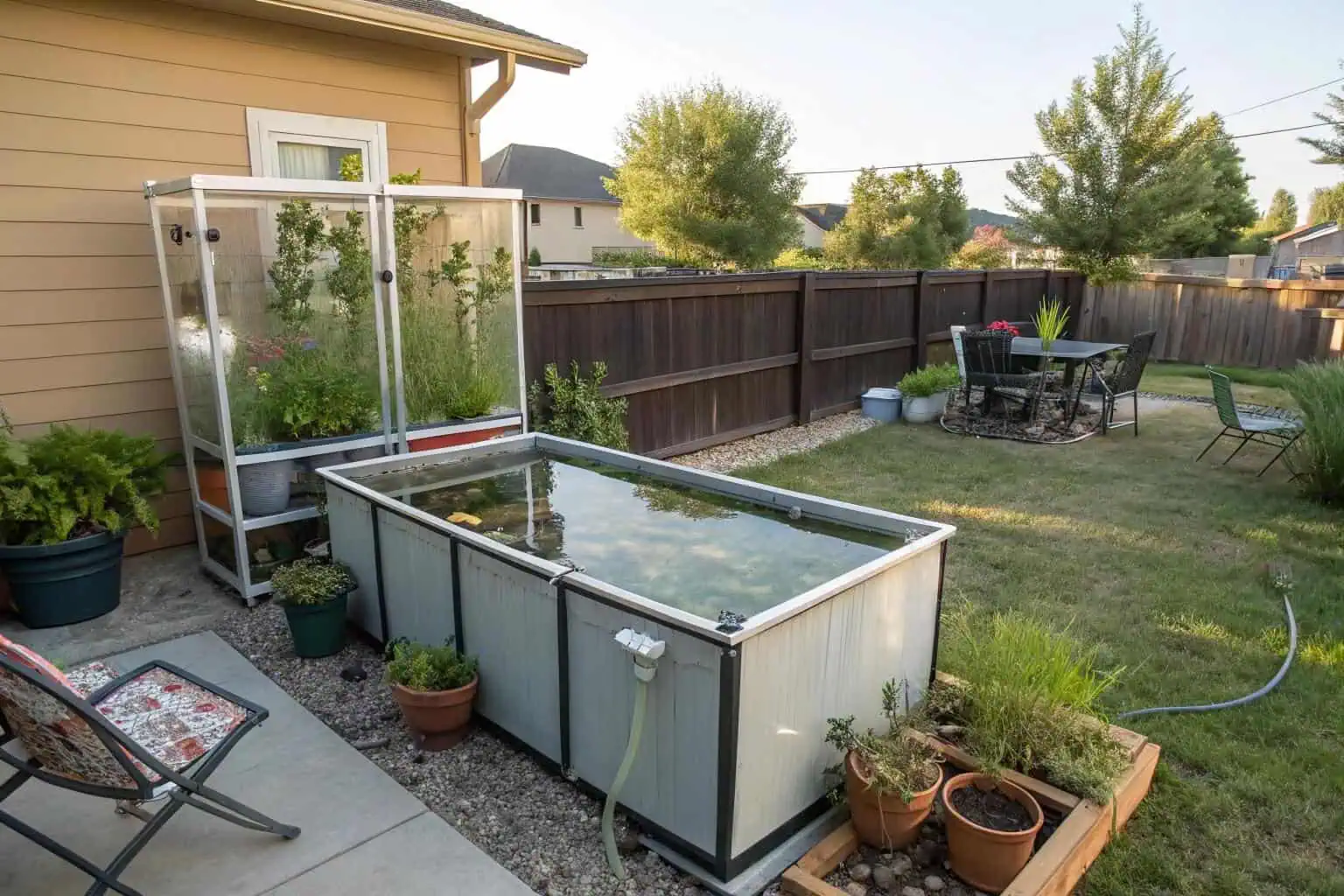
I've seen many people get excited about raising their own food, and fish farming is a fantastic way to do it. The idea of having a fresh source of protein right in your backyard is very appealing. But I also know that the first step can feel like the hardest. You might worry about the cost, the space, or just not knowing where to begin. That's why I wanted to break it down for you. It's not about building a massive commercial farm; it's about starting small, learning as you go, and enjoying the process. Let's walk through the basics together, so you can feel confident starting your own little fish farm at home.
How to grow fish at home for beginners?
Are you a complete beginner feeling lost? Don't worry, the journey into home fish farming can be broken down into a few simple, manageable steps to get you started.
For beginners, start with a user-friendly setup like a collapsible PVC pond. Choose a forgiving fish like tilapia or catfish. Get a basic water test kit to monitor water quality, and feed your fish a quality pellet food daily. These simple steps will set you up for success.
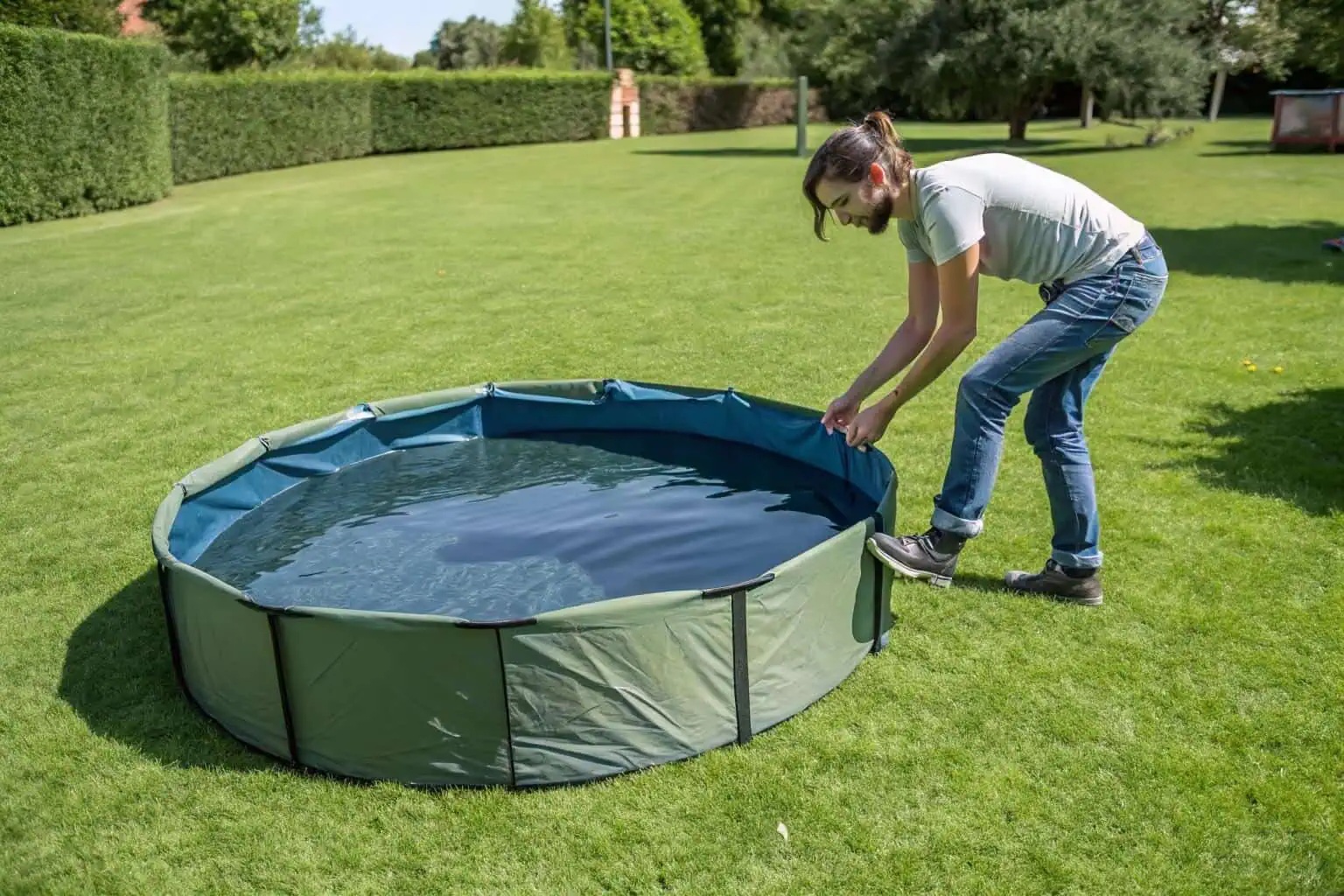
As someone who has watched the industry for a while, I believe the biggest barrier for beginners is over-complication. People see complex systems and think it's beyond them. My advice is always to keep it simple. You don't need a lot of expensive equipment to start. The goal is to create a healthy environment for your fish, and you can do that with a few key items. I've found that products like Bancy's collapsible fish tanks1 are great because they remove the installation headache. You can have a pond set up in no time. From there, it's all about routine: a little bit of feeding, a quick water check, and a lot of enjoyment watching your fish grow. Let's dive deeper into what you'll need.
Choosing Your System
The first big decision is where you'll raise your fish. You have a few options, each with its own benefits. A traditional glass aquarium2 is great for indoors and for watching fish up close, but it can be heavy and limited in size. For raising fish to eat, you'll likely want something bigger. This is where outdoor systems come in. I'm a big fan of collapsible fish tanks, especially for beginners. They are affordable, incredibly easy to set up, and you can place them in a backyard or on a patio. They give you the flexibility to start with a decent-sized environment without a permanent commitment.
| Feature | Glass Aquarium3 | Collapsible Fish Tank |
|---|---|---|
| Setup Time | Moderate | Very Fast |
| Cost | Moderate to High | Low to Moderate |
| Portability | Low | High |
| Space | Best for Indoors | Ideal for Outdoors |
Basic Water Management
Water is your fish's home, so keeping it clean is the most important job you have. You don't need to be a chemist to do this. The two main things to watch for are ammonia4 and pH5. Ammonia comes from fish waste and can be harmful. The pH level tells you if the water is acidic or alkaline. You can get a simple water test kit from any pet store. I recommend testing the water once a week. If you see ammonia levels rising, a partial water change is the easiest solution. This just means replacing about 20-30% of the tank's water with fresh, clean water. This simple routine will keep your fish healthy and thriving.
Essential Equipment Checklist
Here is a short list of what you absolutely need to get started:
- A Tank: A collapsible fish tank is my top recommendation for ease and value.
- A Water Test Kit: To check for ammonia and pH.
- Fish Food: High-quality pellets appropriate for your chosen fish.
- A Net: For handling fish when needed.
- An Aerator (Optional but Recommended): A simple air pump with an air stone will add oxygen to the water, which is always a good thing for your fish's health.
What is the easiest fish to farm at home?
Worried about picking the wrong fish? Choosing a hardy species is the secret to a stress-free start, as they are much more forgiving of beginner mistakes.
The easiest fish to farm at home are Tilapia and Catfish. Both are incredibly resilient, tolerate a wide range of water conditions, grow fast, and are not picky eaters. Their hardiness makes them the perfect choice for anyone new to raising fish.
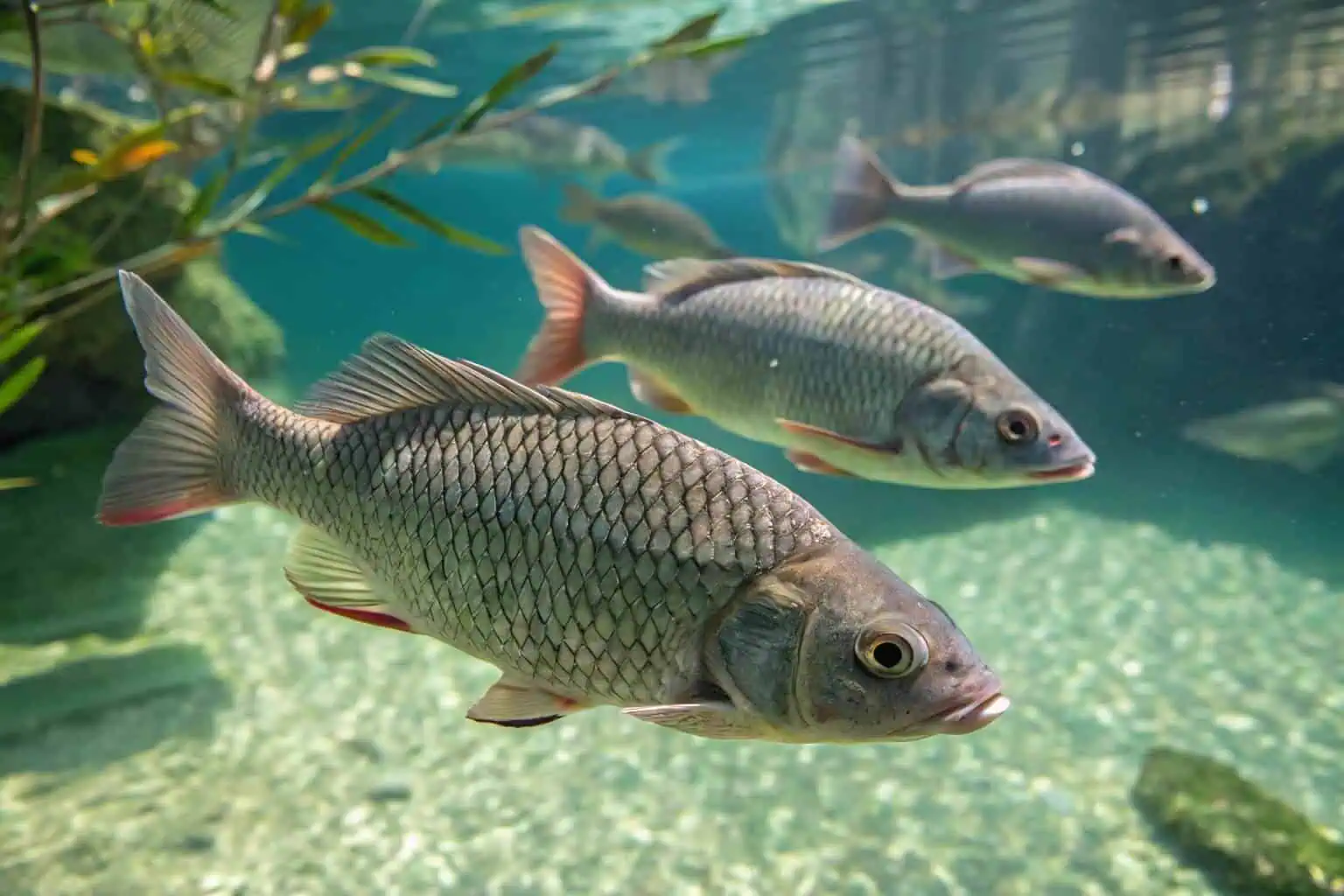
I always tell new fish farmers to set themselves up for success, and that starts with the fish itself. It's tempting to choose an exotic-looking fish, but they are often sensitive and require very specific conditions. That's a recipe for frustration. Instead, think of your first batch of fish as your learning experience. Tilapia are fantastic because they grow quickly and can eat a wide variety of foods. Catfish are practically bulletproof; they are tough and can handle less-than-perfect water while you're still learning. Starting with one of these will build your confidence and make the whole experience more enjoyable.
Top 3 Fish for Beginners
When you're just starting, you want a fish that works with you. Here are my top three picks:
- Tilapia6: This is my number one recommendation. They are like the chickens of the fish world. They grow fast, can live in crowded conditions, and have a mild-tasting meat. They also eat a largely plant-based diet, which can keep food costs down.
- Catfish7: If you want a fish that is almost guaranteed to survive, this is it. Catfish are bottom-dwellers and are extremely hardy. They can breathe air from the surface if the oxygen in the water gets low, which gives you a huge buffer if your aeration system has issues.
- Bluegill8: If you have a slightly smaller tank, bluegill are a great choice. They are part of the sunfish family and are very common in North America. They are tough, adapt well to tank life, and are fun to watch.
Fish Selection Comparison
Here’s a simple table to help you compare these choices:
| Fish | Minimum Tank Size (Gallons) | Ideal Temperature (F) | Growth Rate |
|---|---|---|---|
| Tilapia | 250+ | 75-85°F | Fast |
| Catfish | 250+ | 70-80°F | Moderate |
| Bluegill | 150+ | 65-75°F | Moderate |
Where to Get Your First Fish
Once you've chosen your species, you need to find them. The best place to start is a local fish hatchery9. The staff there can give you healthy, young fish (called fingerlings) and offer advice specific to your area. You can also order them online from reputable suppliers10 who specialize in shipping live fish. Just make sure they have good reviews and guarantee live arrival. Avoid getting fish from a pet store that are meant for aquariums, as they may not be the right species for growing out to eat.
What food makes fish grow the fastest?
Want big, healthy fish quickly? The secret isn't complicated or expensive; it's all about providing them with the right fuel for growth.
To make fish grow the fastest, feed them a high-quality, high-protein pelleted food designed for their species. Protein is the primary building block for muscle, so a diet rich in it is the most direct way to ensure rapid and healthy development.
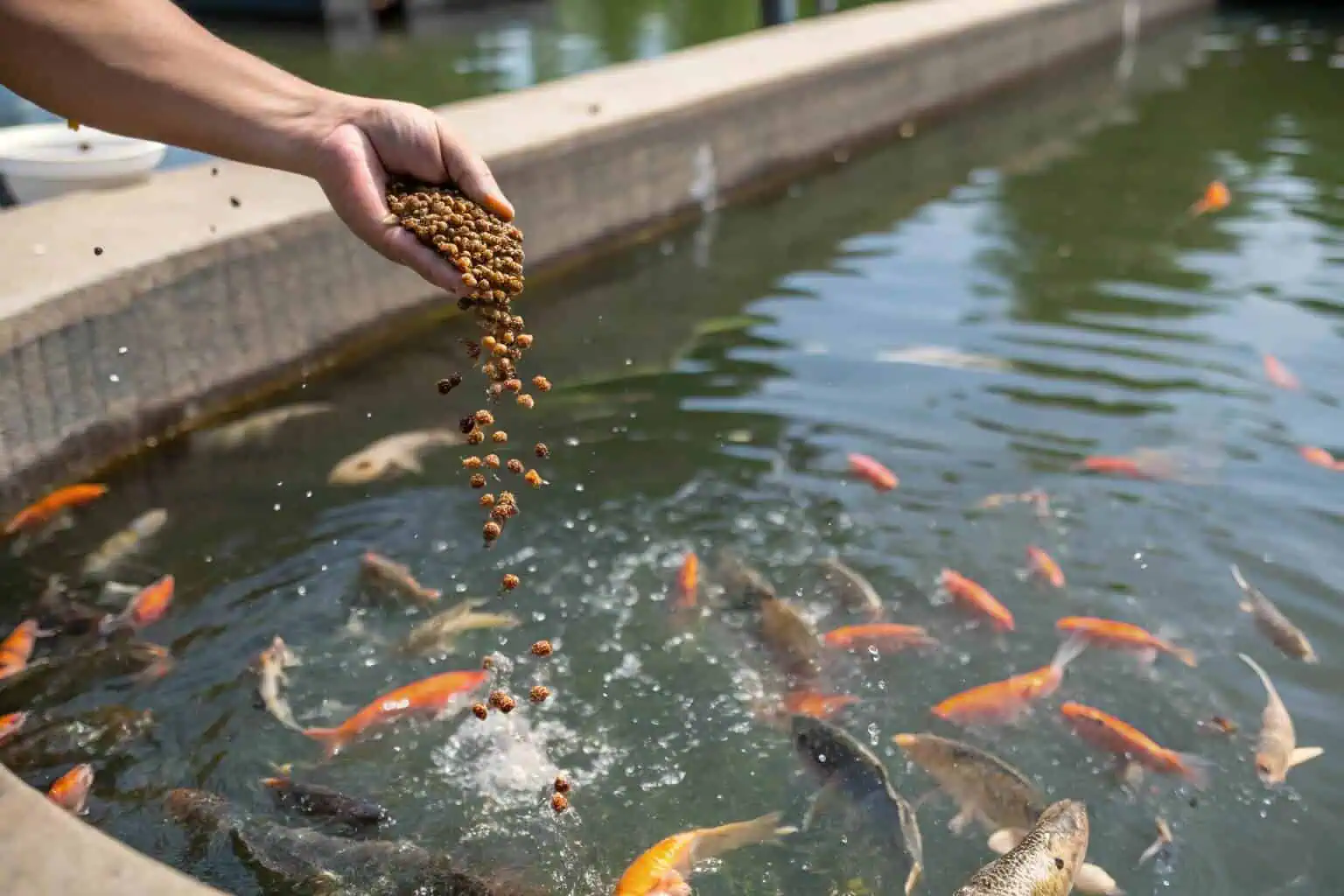
From my experience, I can tell you that food is an investment, not just a cost. You can give fish cheap food, but they won't grow well, and you'll end up with poor results. Think of it like feeding any animal; what you put in is what you get out. The single most important nutrient for growth is protein. When you buy fish feed, look at the label and check the protein percentage11. For most farmed fish like tilapia and catfish, you want something in the 30-40% protein range. This will give them everything they need to build body mass quickly and efficiently.
Understanding Fish Nutrition
Fish nutrition is pretty simple at its core. Protein is used for growth—building muscle and tissue. Fats and carbohydrates are used for energy. If the food is low in protein, the fish will grow slowly. If it's too low in energy (fats/carbs), the fish will start using the expensive protein for energy, which is inefficient and wastes your money. That's why a balanced, commercially formulated pellet12 is almost always the best choice. These feeds are created by scientists to provide the perfect balance for optimal growth. You can supplement their diet with things like duckweed or vegetable scraps, especially for tilapia, but the core of their diet should be a quality pellet.
Types of Fish Feed
When you go to buy feed, you'll mainly see two types: floating and sinking pellets.
- Floating Pellets13: These are the most common and what I recommend for beginners. They stay on the surface for a while, which allows you to see how much the fish are eating. This is the best way to avoid overfeeding.
- Sinking Pellets14: These are better for bottom-dwelling fish like catfish, who may not want to come to the surface to eat. However, it's harder to know if you're giving them too much food.
For a beginner with tilapia or bluegill, floating pellets are the way to go.
Feeding Schedule and Amount
Overfeeding15 is one of the most common mistakes in fish farming. Excess food rots in the water, creating ammonia and fouling the environment. The best rule of thumb is to only feed your fish what they can completely consume in about 5 minutes. Do this once or twice a day. As the fish get bigger, they will eat more. You'll quickly get a feel for how much they need. It's always better to feed a little less than a little too much. Healthy fish will always be eager to eat at feeding time.
Can I raise my own fish to eat?
Thinking about raising fish for your dinner table? You might wonder if it's safe, practical, and truly worth the effort compared to just buying from a store.
Yes, you can absolutely and safely raise your own fish to eat. By controlling the water, feed, and environment, you have complete knowledge of what goes into your food, ensuring a fresh, healthy, and delicious protein source for your family.
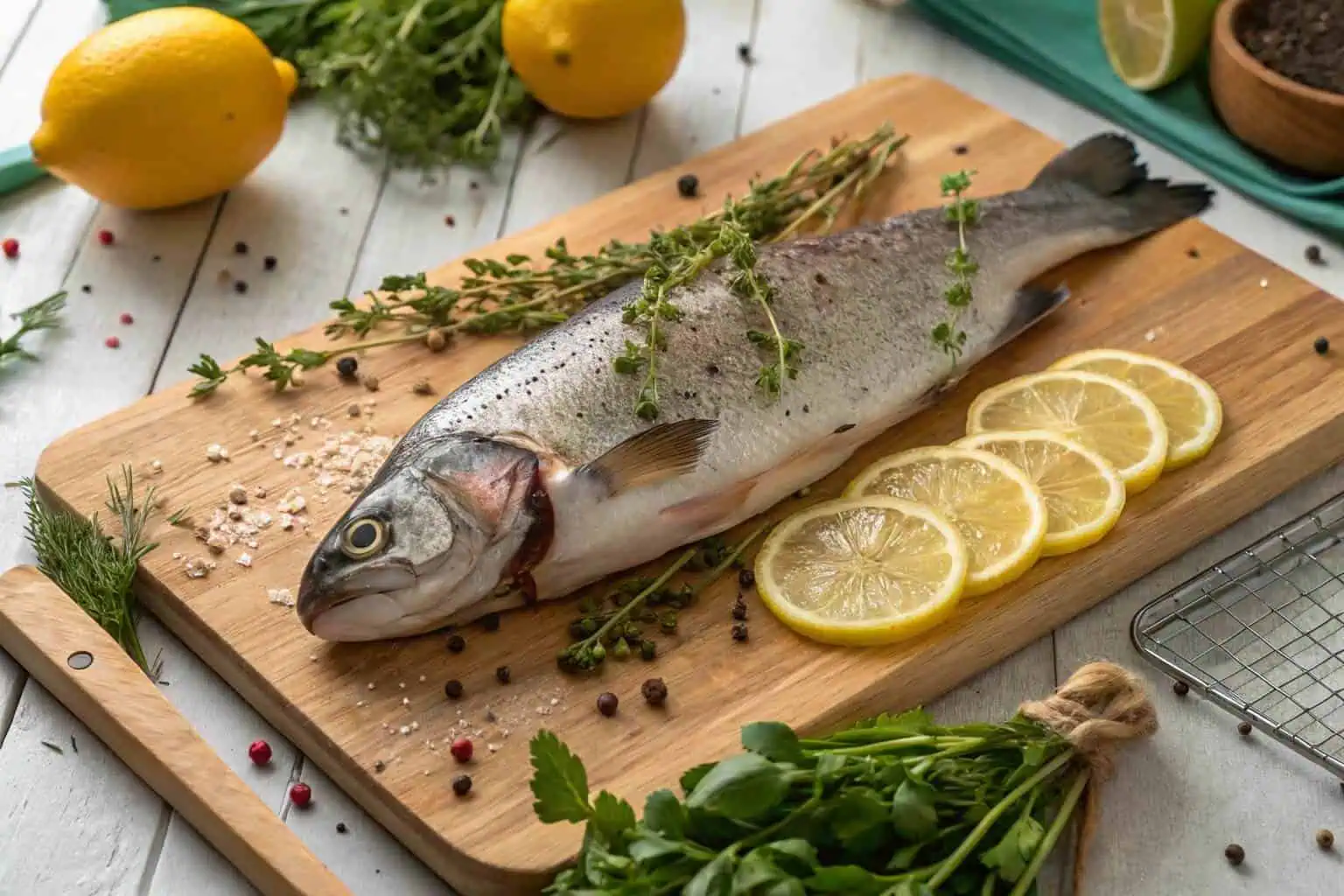
This is the ultimate goal for many home fish farmers16, and it's one of the most rewarding parts of the hobby. I've talked to countless people who get a huge sense of satisfaction from serving a meal they produced themselves. There's a big difference in taste and texture when a fish is perfectly fresh17. More importantly, there's peace of mind. You know exactly what that fish ate and the clean water it lived in. You don't have to worry about mercury, antibiotics, or other contaminants that can sometimes be a concern with store-bought fish. It connects you to your food in a very direct way.
From Tank to Table: The Process
Once your fish have reached a good size (for tilapia, this is often around 1 pound, which can take 6-9 months), it's time to harvest. The process is straightforward. You net the fish and then dispatch it humanely. The quickest method is a technique called ikejime18, or a simple, firm knock to the head. From there, you would bleed, scale, and gut the fish just as you would with any fish you'd caught. There are many great videos online that can walk you through these steps. The key is to have everything ready beforehand so the process is quick and clean, preserving the quality of the meat.
Health and Safety Considerations
The safety of your homegrown fish is entirely in your hands, which is a good thing. The two pillars of raising safe fish are clean water19 and quality feed. If you manage your water quality with regular testing and partial water changes, you prevent the buildup of harmful bacteria. If you use a reputable commercial feed, you ensure the fish are getting a clean, balanced diet. By controlling these two factors, you eliminate the risks associated with unknown water sources or questionable farming practices. The result is a pure, clean protein that you can feel great about feeding to your family.
Is It Cost-Effective?
Let's be honest: there is an initial investment. You need to buy the tank, the test kit, and the first batch of fingerlings and feed. However, once you have the basic setup, the ongoing costs are mainly for feed and water. When you compare the cost per pound of your homegrown fish20 to what you'd pay for fresh, high-quality fish at the market, you'll often find that you come out ahead over time. But the real value isn't just in the money saved. It's an investment in your health, a fun and educational hobby, and the security of knowing exactly where your food comes from.
Conclusion
Starting a fish farm at home is an exciting and achievable goal. By starting simple, choosing the right fish, and learning the basics, you can enjoy this rewarding hobby.
-
Explore the advantages of collapsible fish tanks to simplify your setup and enhance your fish-keeping experience. ↩
-
Learn about the benefits of traditional glass aquariums, perfect for indoor settings and observing fish closely. ↩
-
Learn essential maintenance tips for glass aquariums to ensure a healthy environment for your fish. ↩
-
Understanding ammonia's impact on fish health is crucial for maintaining a safe aquarium environment. ↩
-
Exploring pH's role in fish health can help you create a balanced and thriving aquatic habitat. ↩
-
Explore the advantages of Tilapia farming, including growth rates and cost efficiency. ↩
-
Learn about the resilience of Catfish and their unique adaptations for survival. ↩
-
Explore expert care tips for Bluegill to ensure a healthy and thriving aquarium environment. ↩
-
Exploring this link will provide insights into the advantages of sourcing fish locally, ensuring healthy and suitable species for your needs. ↩
-
This resource will guide you in finding trustworthy suppliers, ensuring you receive healthy fish with guaranteed live arrival. ↩
-
Understanding the ideal protein percentage is crucial for optimal fish growth and health, ensuring you make informed feeding choices. ↩
-
Exploring the benefits of these pellets can help you make informed choices for your fish's diet. ↩
-
Explore this link to understand why Floating Pellets are ideal for beginners and how they help prevent overfeeding. ↩
-
Discover the advantages of Sinking Pellets for bottom-dwelling fish and learn how to feed them effectively. ↩
-
Understanding the impacts of overfeeding can help you maintain a healthier fish environment and improve farming practices. ↩
-
Exploring this link will provide insights into the advantages of home fish farming, enhancing your understanding of this rewarding hobby. ↩
-
This resource will explain the superior taste and health benefits of perfectly fresh fish, making it a must-read for fish enthusiasts. ↩
-
Explore this link to learn about the ikejime technique, which ensures a humane and efficient way to dispatch fish, preserving meat quality. ↩
-
Exploring this resource will provide you with essential tips to ensure your fish thrive in a safe environment. ↩
-
Exploring the benefits of homegrown fish can enhance your appreciation for sustainable and healthy eating. ↩